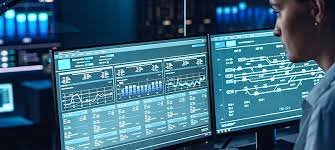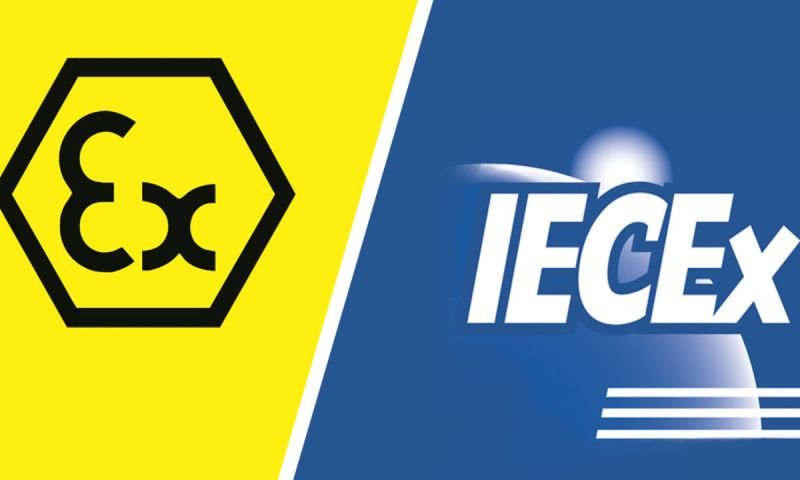The Future of Sewer Flow Monitoring: Trends to Watch in 2025
As urban infrastructure continues to expand, sewer flow monitoring is more critical than ever. With increasing environmental regulations and the demand for real-time data, utilities and councils must adopt the latest technologies to enhance efficiency and accuracy. In 2025, advancements in AI, IoT, and cloud-based monitoring are driving the next generation of sewer management. Here’s what to expect:
AI & Predictive Analysis
Artificial intelligence (AI) is revolutionising sewer monitoring by enabling predictive analysis and proactive maintenance. Instead of reacting to system failures, AI allows operators to foresee potential issues before they happen.
Smart Anomaly Detection – AI algorithms analyse flow data to detect early signs of blockages, infiltration, or structural issues, preventing costly failures.
Predictive Maintenance – Machine learning models process historical data to predict sewer surges and equipment breakdowns, allowing proactive responses.
Auto Calibration – AI-driven meters continuously adjust based on real-time environmental changes, ensuring optimal accuracy without manual recalibration.
AI-Based Flow Pattern Recognition – Algorithms can recognise usage trends, seasonal variations and unusual flow activity, improving decision-making for utilities.
Automated Reporting – AI-powered platforms generate reports in real time, reducing administrative workload and ensuring compliance with regulatory bodies.
IoT & Remote Monitoring
The Internet of Things (IoT) is transforming how sewer systems are monitored by providing real-time data and remote accessibility.
Wireless Data Transmission – IoT-enabled flow meters automatically send data to cloud platforms like DetectData, reducing reliance on manual data collection.
Instant Alerts & Remote Access – Operators receive real-time notifications for high flow events, surcharges or equipment malfunctions, enabling rapid responses.
Multi-Sensor Networks – IoT integrates data from multiple sensors (flow, rainfall, temperature) to create a more comprehensive understanding of sewer behaviour.
Smart Grid Connectivity – Sewer flow data can be integrated into broader city infrastructure monitoring, linking with flood control and drainage systems.
Energy-Efficient IoT Sensors – The latest IoT-enabled meters consume less power, allowing longer operational life and fewer maintenance visits.
Low-Maintenance, High-Accuracy Sensors
New sensor technologies are increasing reliability while minimising maintenance requirements.
Radar-Based Monitoring – The LIDoTT Alarm utilises radar-based level monitoring, providing highly accurate measurements with lower maintenance needs compared to ultrasonic sensors.
Extended Battery Life – Advances in low-power sensors now enable longer deployment times, reducing operational costs.
Smart Sensor Placement – AI-powered tools recommend optimal installation locations to maximise measurement accuracy and minimise signal interference.
Self-Cleaning Sensors – Some modern flow meters now feature self-cleaning capabilities, reducing the risk of sediment buildup and improving accuracy.
Multi-Parameter Sensing – New flow meters can simultaneously measure depth, velocity, temperature and conductivity, giving a more complete dataset for analysis.
Cloud & API Integration
Cloud-based solutions are streamlining data collection, analysis, and sharing, making it easier to manage sewer networks efficiently.
Real-Time Data Processing – Platforms like DetectData provide instant visualisation of flow trends, improving decision-making speed and accuracy.
Seamless API Connectivity – More utilities are integrating flow data directly into their SCADA systems through open API access, reducing data silos.
Edge Computing for On-Site Processing – Flow meters with built-in processing capabilities enable real-time local decision-making, even in areas with limited connectivity.
Scalable Cloud Storage – Modern cloud solutions allow for long-term data retention, enabling trend analysis over extended periods.
Advanced Data Encryption – With increasing cyber threats, sewer monitoring platforms are implementing stronger encryption protocols to protect critical infrastructure data.
Compliance & Data Accuracy
Regulations surrounding sewer monitoring are becoming stricter, emphasizing the need for reliable, high-quality data.
Stricter Regulatory Standards – Governments are mandating continuous monitoring of sewer overflows and requiring real-time reporting.
Certified & Standardized Sensors – Flow meters with ATEX & IECEx certification are ensuring compliance with safety regulations.
Advanced Data Verification – Combining multiple measurement parameters (depth, velocity, temperature) enhances data accuracy and reliability.
Automated Compliance Reporting – Cloud-based solutions are now generating real-time compliance reports, reducing manual effort and improving accuracy.
Auditable Data Trails – Utilities can maintain a secure, timestamped record of all flow data for regulatory compliance and historical analysis.





